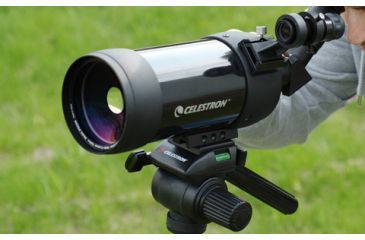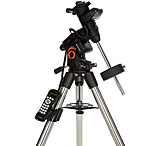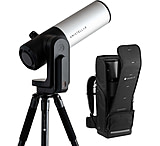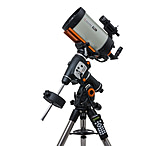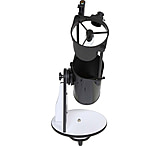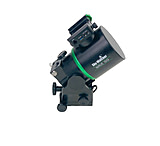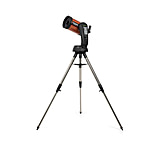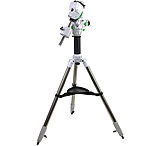Challenges and Rewards of Amateur Astronomy
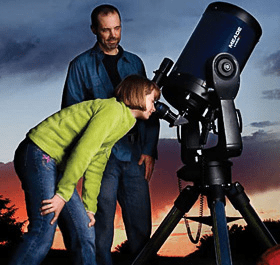 Finding faint objects with a telescope is a challenge, but also a reward. GOTO telescopes can help, but it's important to learn to navigate using a star map. For those unaware, GOTO or GoTo telescopes refer to a telescope mount and software that automatically points your telescope at any available object in its system. However, the satisfaction of knowing your way around the night sky and connecting with the universe is priceless.
Finding faint objects with a telescope is a challenge, but also a reward. GOTO telescopes can help, but it's important to learn to navigate using a star map. For those unaware, GOTO or GoTo telescopes refer to a telescope mount and software that automatically points your telescope at any available object in its system. However, the satisfaction of knowing your way around the night sky and connecting with the universe is priceless.![]()
Amateur astronomy is also about the challenge of finding faint, hard-to-see objects in the sky. This often frustrates the beginner (hence the popularity of computerized GOTO telescopes). Still, it also keeps the die-hard enthusiasts out late into the night. There are no words to describe the thrill of finally seeing a distant galaxy or nebula after several hours or even nights of looking for it. Even if you use a GOTO telescope, you owe it to yourself to learn how to navigate using a star map.
Lastly, a tremendous amount of satisfaction comes with knowing your way around the night sky. At a time when many of us feel alienated from the natural world, astronomy provides a way to reconnect to the universe around us.
There is so much more to that little smudge of light you see in your telescope eyepiece than meets the eye! Remember, that little smudge of light may contain billions of stars, and it may have taken millions of years to reach your telescope. Spend a little time and effort learning about the things you see in your telescope, and you will appreciate them much more.
Besides, much of the thrill in amateur astronomy is seeing the glories of the night sky with your own two eyes. The difference between seeing a picture of Saturn in a book and seeing Saturn in your backyard through a telescope is much like seeing photographs of Alaska in a book and going to Alaska to see it yourself.
Realistic Observing Expectations While Stargazing
Your telescope will produce different images than large observatory telescopes, but there's still much to see and appreciate. Spend time learning about what you observe, and enjoy the unique experience of viewing the night sky with your own eyes.
You will see many of the same things in magazines and books. Still, the images produced in your telescope will be smaller and less spectacular. Large observatory telescopes that take long-exposure photographs with unique cameras make the photos in magazines and books. It is unrealistic to expect a small amateur telescope to produce visual images of the same quality.
Beginner's Guide to Telescope Eyepieces
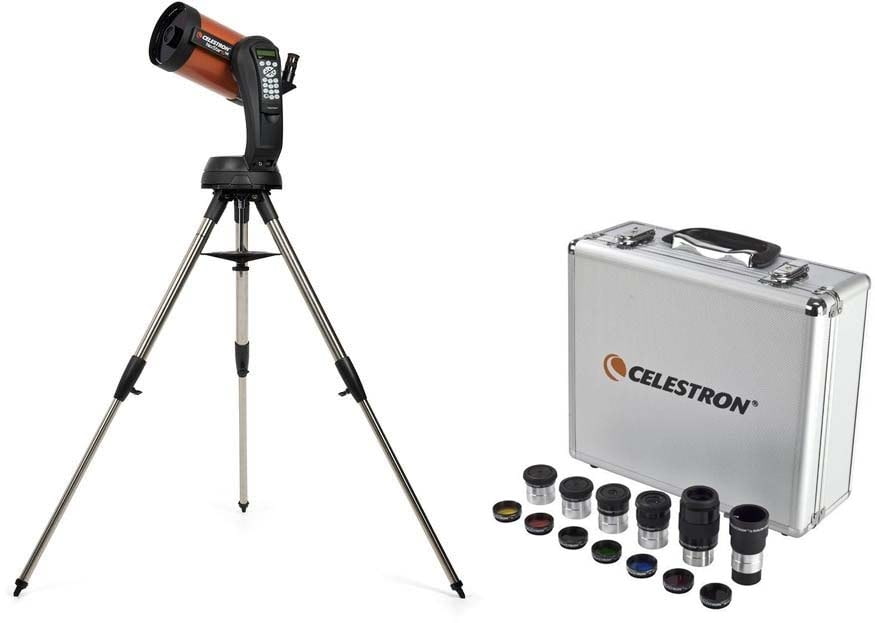 Start with the lowest magnification eyepiece (longest focal length) until you're proficient with your telescope. The lower magnification provides a wider field of view (FOV) and sharper, brighter images. Once you've located an object with low magnification, switch to a higher magnification eyepiece.
Start with the lowest magnification eyepiece (longest focal length) until you're proficient with your telescope. The lower magnification provides a wider field of view (FOV) and sharper, brighter images. Once you've located an object with low magnification, switch to a higher magnification eyepiece.
Understanding the Telescope Eyepiece Number
The number on the eyepiece represents the focal length, not the magnification. The magnification is calculated by dividing the telescope's focal length (consult manual) by the telescope eyepiece's focal length.
Tips for Increasing Telescope Magnification Without Sacrificing Image Quality
Use only enough magnification to provide a usable image. When you reach a point that the picture becomes so blurred that you lose any helpful detail, you are using too much magnification! At what point this happens depends on the object you are observing, the viewing conditions (atmospheric clarity and stability), and the size of your telescope (you can get more magnification out of a large telescope before images blur.)
Telescope Eyepiece Magnification Explained
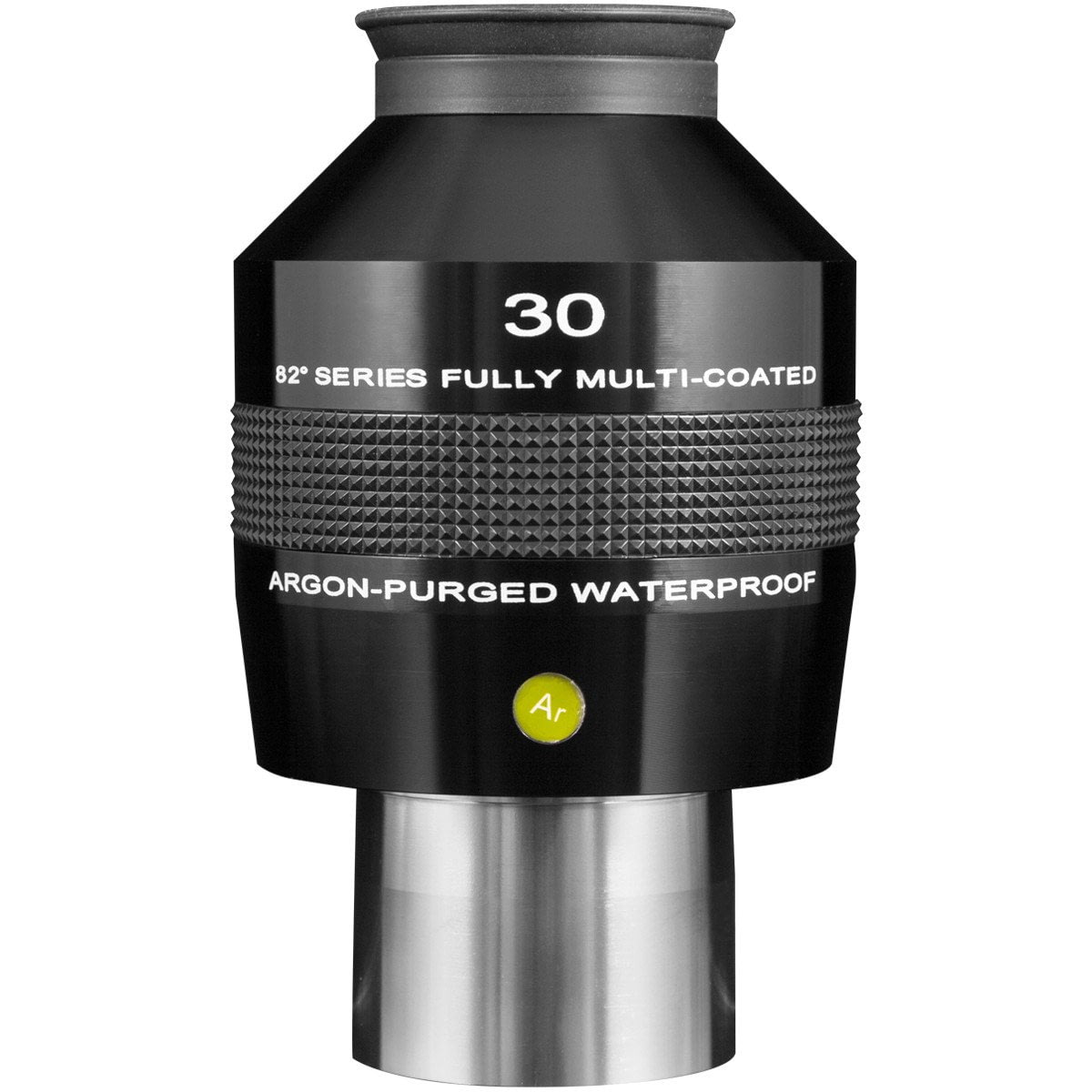 The magnification of any telescope eyepiece used with your telescope will be the focal length (consult your manual) divided by the eyepiece's focal length. A telescope with a focal length of 1200mm will yield a magnification of 60x when you insert a 20mm eyepiece into the focuser. However, a telescope with a focal length of only 600 mm will yield only 30x when used with the same 20mm eyepiece.
The magnification of any telescope eyepiece used with your telescope will be the focal length (consult your manual) divided by the eyepiece's focal length. A telescope with a focal length of 1200mm will yield a magnification of 60x when you insert a 20mm eyepiece into the focuser. However, a telescope with a focal length of only 600 mm will yield only 30x when used with the same 20mm eyepiece.
To calculate the magnification of a telescope eyepiece, you can use the formula: Telescope Focal Length ÷ Eyepiece Focal Length = Magnification. The resulting value will give you the magnification power of the eyepiece. Keep in mind that higher magnification may not always result in a clearer image, as it can also magnify the effects of atmospheric turbulence.
Telescope Magnification Tip
A basic law of optics states that as magnification increases, image brightness decreases. An object will become too faint to see if you increase magnification enough. This happens sooner in a small telescope than in a large telescope.
Low vs. High Magnification for Telescopes
As magnification increases, image brightness decreases. Too much magnification will result in a blurred image. The optimal magnification depends on the object, atmospheric conditions, and telescope size.
A low-magnification eyepiece has a wider field of view (the amount of sky you see when looking through the eyepiece) than a high-magnification telescope eyepiece. The low-magnification eyepiece makes it easier to "capture" an object you are trying to find in your telescope. Your lowest magnification eyepiece will also give you the sharpest and brightest image.
Once you have located an object with your low-magnification eyepiece, move the telescope so that the object is as close to the center of the telescope field of view as possible. Replace the low-magnification eyepiece with one of higher magnification. If the object is not visible after changing to the high-magnification eyepiece, return to the low-magnification eyepiece and start again.
When Would You Use a Barlow Lens?
A Barlow lens is a lens that you use with your telescope eyepiece. A Barlow lens can double or triple the magnification of any eyepiece. Use it with a low-magnification eyepiece. To use a Barlow lens, remove the eyepiece from the focuser, insert the Barlow, and then insert the eyepiece into the Barlow. Remember that a Barlow lens is best used with low-magnification (long focal length) telescope eyepieces. When used with high-magnification eyepieces, it may produce more magnification than your telescope can handle.
Drifting Objects in the Field of View
The earth's rotation also magnifies as the telescope magnification increases, causing objects such as stars and nebula to drift out of your field of view. The more magnification you use in your telescope, the quicker an object drifts out of the field of view.
Use a motorized mount or continually adjust with a manual mount. Motorized mounts move the telescope for you and keep the object in the telescope eyepiece. Manual telescope mounts will require you to always "recapture" the object by moving your telescope slightly.
Shop Online at OpticsPlanet for Telescopes!
OpticsPlanet has some of the best telescopes for sale from top astronomy brands like Celestron and Sky Watcher. Gear up for your stargazing adventures today and check out our other Telescope Guides for tips on how to set up your telescope and buy the best one for your needs and budget.
